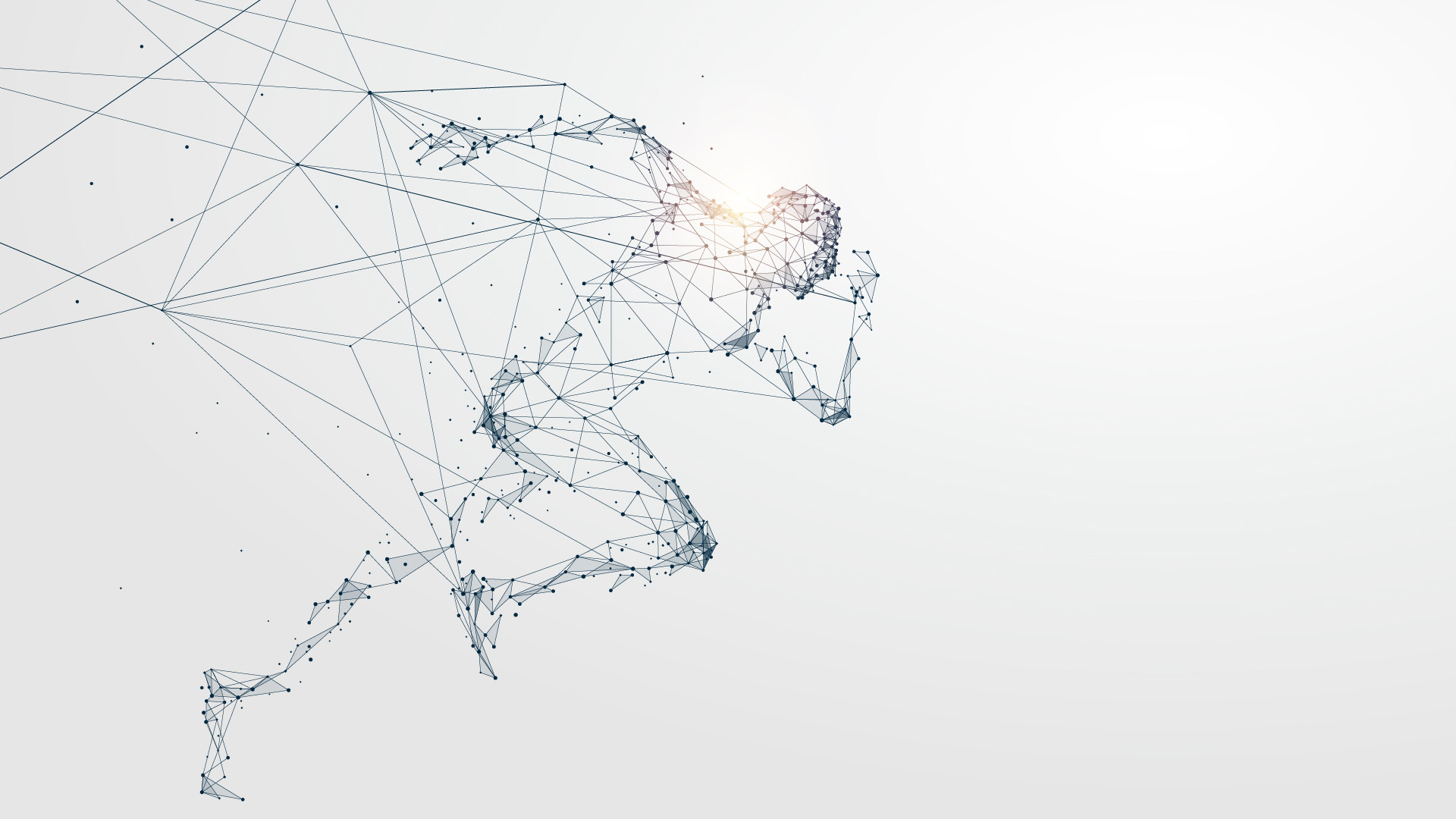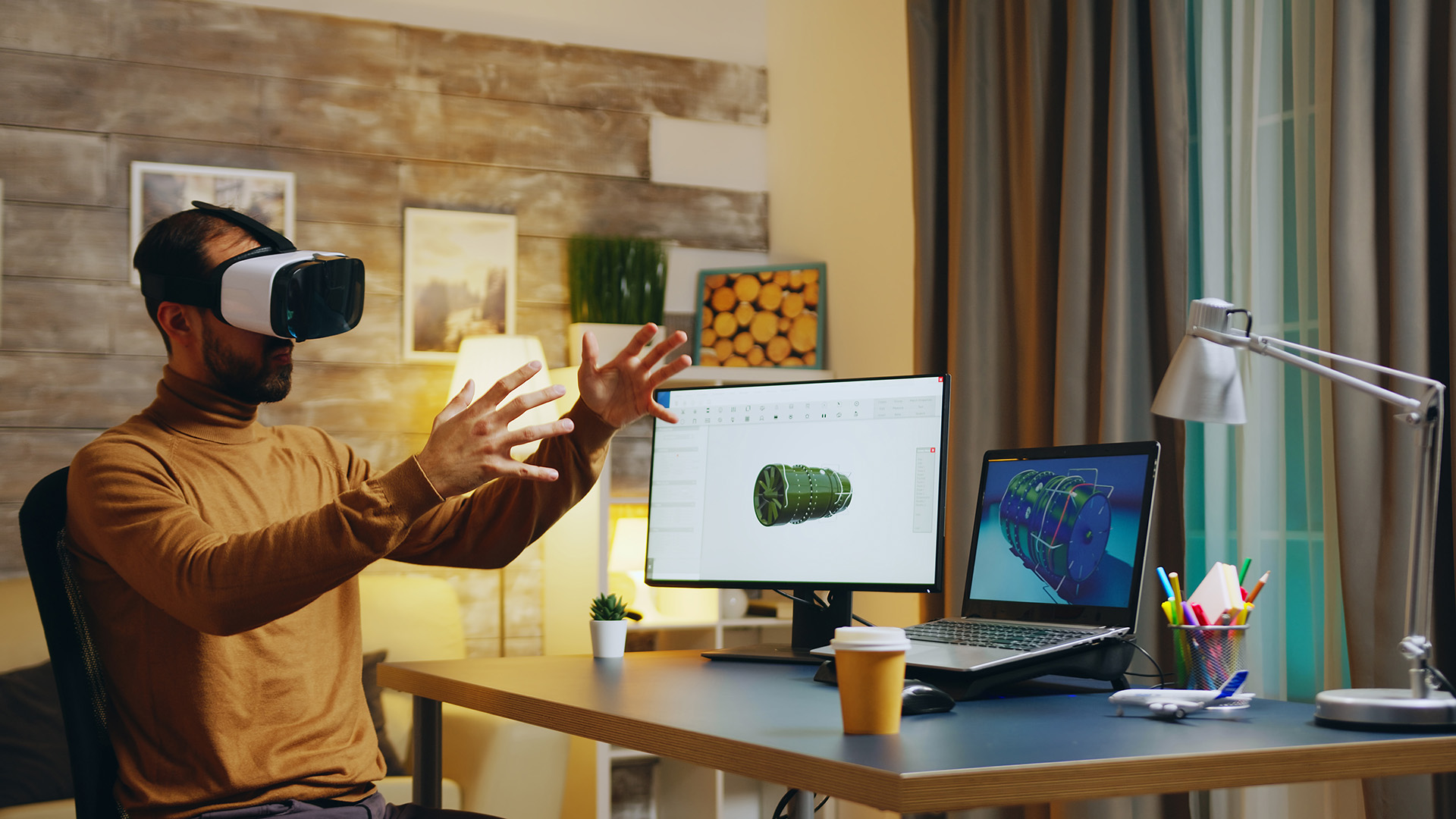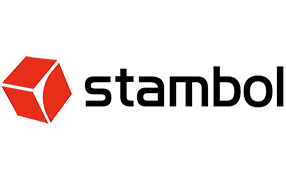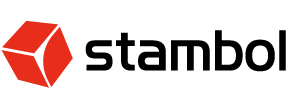
Top 5 Uses for Transformation Technology in 2021
If 2020 has taught us anything, it’s that we should expect the unexpected. And be prepared to adapt when it hits. So, as the year winds down, we’re exploring the Transformation Technology Trends we think will shape 2021.
This past year has been nothing like the one we predicted in December 2019. Then again, very few people were prepared for a pandemic and wave after wave of social and political turmoil. But looking back at what we DID accomplish this past year can be a surprising motivator for what’s to come in 2021.
In spite of fear and uncertainty, millions of people across the globe overhauled their lives and sacrificed important things from social interaction to personal comfort or financial gain. And as a collective, we did all of that to keep larger economies and infrastructures – rolling in some way – during a time when nothing could go on as normal. We’re not on the other side of our troubles just yet, but we think it’s worthwhile to take a moment and marvel at our collective capacity to bounce back.
What is Transformation Technology?
We define any hardware or software that creates organization-wide or systemic advancement as a form of Transformation Technology. For example, a proprietary labour tracking application paired with the latest headsets to facilitate conversion to a home-based organization. Or a collaborative professional social platform paired with secure cameras and video streaming software to replace a conference – these are the ways we define technology being specific to a transformation plan.
2020 saw a lot of these processes begin, but as in the nature of a process, they are changes that will be implemented over time, carried into the future as simply a new way of doing things.
1. Remote Work
From the beginning of the pandemic, we heard a lot of chatter (some of it hopeful, some deeply unhappy) about how Transformation Technology would make the shift to working from home permanent for many.
At Stambol, we’re a bit biased on this topic. Much of our growing team has always worked remotely, since our inception in 2016. Our team is all over the map, literally, because we decided to prioritize our interpersonal synergy over the viability of all traveling to the same physical office.
So, while we think it’s unfortunate that a lot of knowledge and service workers who didn’t want to were forced to move home, we want to focus on the positives and talk about how remote work can be a win-win going forward.
We love that working from home is great for the environment. It also saves money on transportation and food. For parents, the additional childcare costs of longer daycare hours or before and after school care are reduced as well.
2. Health at Home
If you had asked us at this time last year whether the future held doctor’s visits over the phone, we would have discarded the prospect with a laugh and a head shake. But here we are. And it’s working surprisingly well.
The Transformation Technology making virtual health care possible is a broad web of products and services. From video chats to improved interactive websites, we’re seeing medical professionals who take it very seriously now that patients are Googling symptoms, diagnosing themselves, and coming up with their own treatment plans. This self-medicating trend was a problem before, but now it needs unprecedented attention.
The initial results from an increase in remote medicine are positive in many respects. Not waiting in a doctor’s office or clinic lobby limits exposure to other illnesses. For a sick person, waiting for a call back at home is infinitely more comfortable than sitting in a cold, hard guest chair.
Parents of sick children don’t want to take the sick child (along with siblings) to a waiting room where they get to manage both symptoms and behaviour – while hoping not to pick up a new bug.
Being evaluated in person for many symptoms will continue to be necessary. Physical examinations will be required as well. But we think the benefits of retaining a good portion of the remote model of health care outweigh the challenges so much that we can’t possibly revert entirely back to the way things were.
3. Zoom Room
It’s a catchy phrase, but we think the idea of a Zoom Room represents so much more. It’s a lifestyle change and a new way of incorporating living and working into the same space.
One of the reasons the Transformation Technology is enabling this trend is that many people already had a computer room or a dedicated gaming space when they were called upon to use it for remote work. Staging a workspace to be visually suitable for FaceTime or Skype was already a practice when Zoom entered the scene. If you didn’t have a dedicated space, you likely had a visual in your head and an idea of what changes you needed to make.
Likewise, perhaps your computer room or gaming space or entertainment room wasn’t exactly a dream setup because you relied on movie theatres, public arcades, or similar businesses. The closure of those spaces was the right opportunity to look at how home entertainment could be better.
Purchases that improve the quality of viewing, gaming, and experiencing at home won’t simply be discarded once the pandemic is over. We anticipate that people will continue to spend more time socializing remotely, engaged in more entertainment at home, not just to justify their financial investment, but because a year’s worth of hiding from people and avoiding common spaces is bound to create lasting aversions to these things for a large chunk of the population.

Image Credit: DC Studio / Adobe Stock
4. Experiences Over Goods
We all have to admit that having the latest trendy gadget or fashionable outfit falls a bit flat when there’s nobody with you to appreciate it. Some of these goods purchases are made as part of a social contract that recognizes either good taste or achievement in terms of financial means.
When you make purchases strictly for personal enjoyment rather than impressing peers, your decisions shift to investing in experiences themselves, even if the purchase is an item that facilities an experience. Investing in an experience can resemble anything from purchasing a game, content, a movie, a piece of hardware or equipment, or your favourite food, along with the tools to prepare it.
Access to a gallery or an aquarium – more expensive during pandemic restrictions – would sell out quickly because patrons wanted to use their limited funds to have an experience rather than to buy an item.
And when consumers do make physical purchases in 2021, how they’re treated, and how they ‘feel’ about both products and companies will be a variable much more critical than in the past.
Experience Transformation is a trend, businesses were already exploring when the pandemic hit. Some of this type of transformation is a mind-frame reset or a commitment to new priorities. Some changes are the incorporation of new technology.
Either way, in 2021, we can expect consumers to retain high standards for how a transaction makes them feel. If that feeling isn’t good, it’s not likely to be repeated.
5. Upgrading to Online Models
Some companies were able to pivot quickly and easily to working from home, selling online, or otherwise doing business remotely. For many though, the transition to meeting health and safety regulations, or incorporating a viable digital model, has been a struggle and it isn’t over yet.
Retailers, for example, who had made the decision to operate solely with a storefront and to have a website for information purposes only, faced a tough choice. Operate on a cripplingly limited basis (particularly true for remote locations with little walk-in traffic or urban storefronts with exorbitant rents) or begin the process of moving inventory online.
We’ve seen real estate, health care, counseling, teaching, and training all pivot to digital models that were previously thought to be inappropriate or unworkable.
Your Transformation Partner
We want everyone reading this post to look at 2021 as an opportunity to recover, catch up, and rebalance. If you made changes in 2020 that aren’t working, or if you’re still trying to figure out what your lasting changes should be, it’s never too late to ask for help. Because one thing is for sure, a lot of what’s happened in the past year are more than just trends.
At Stambol, we like watching patterns in industry and consumer behaviour because we think it pays to be prepared. We carry this practicality – along with decades of development and creative expertise – over to each and every custom solution we create for our clients.
Look through our portfolio to see the kinds of visual solutions we’ve crafted in the past. But keep in mind that much of the assistance we offer our clients happens behind the scenes. If it involves technology, we can either make recommendations or take the task off your hands entirely.
Ask our team of disruptors and innovators how we can help your company achieve a transformation that positions you not just for 2021, but for whatever the coming decade throws your way.
Feature Image Credit: liuzishan / Adobe Stock


